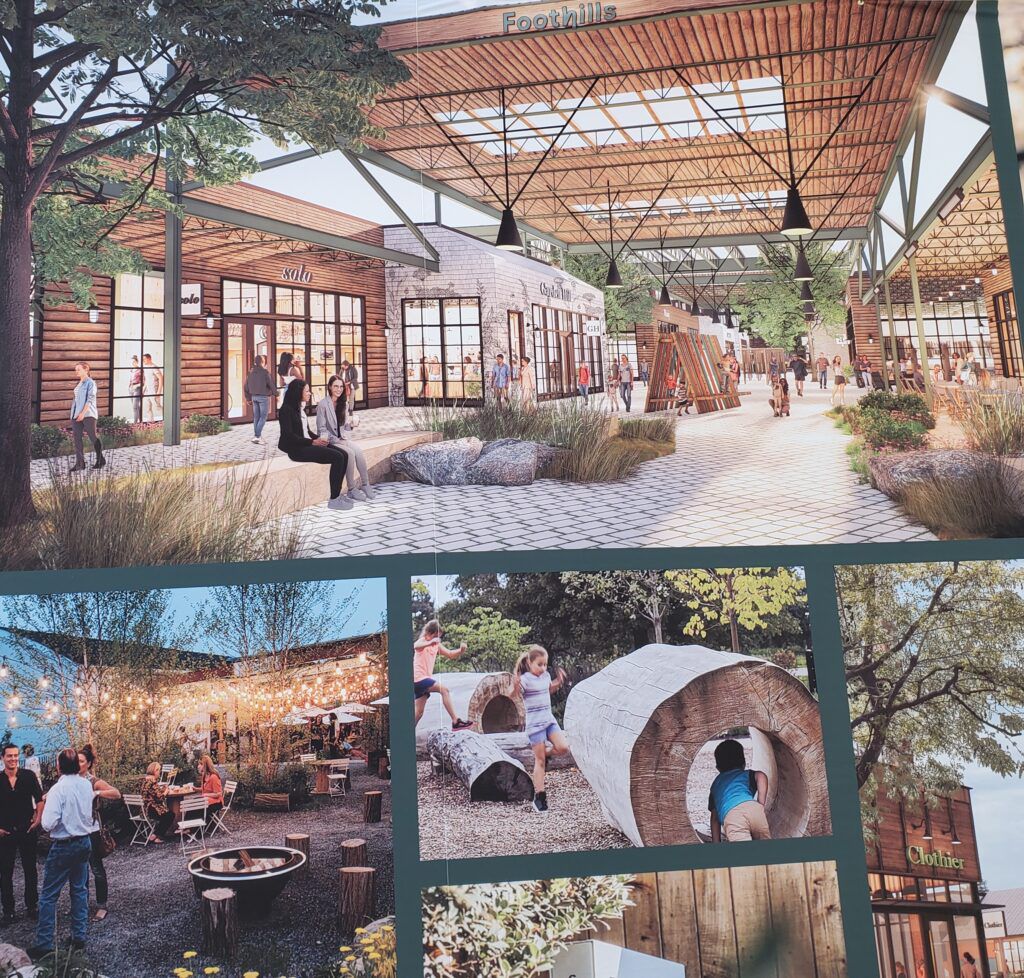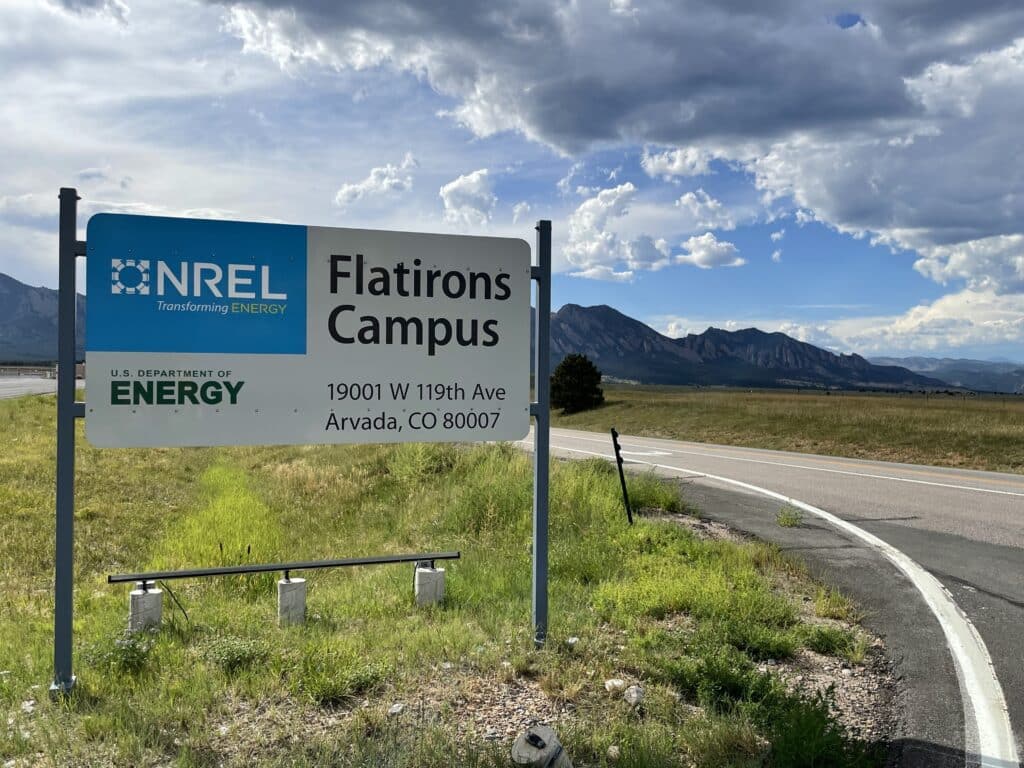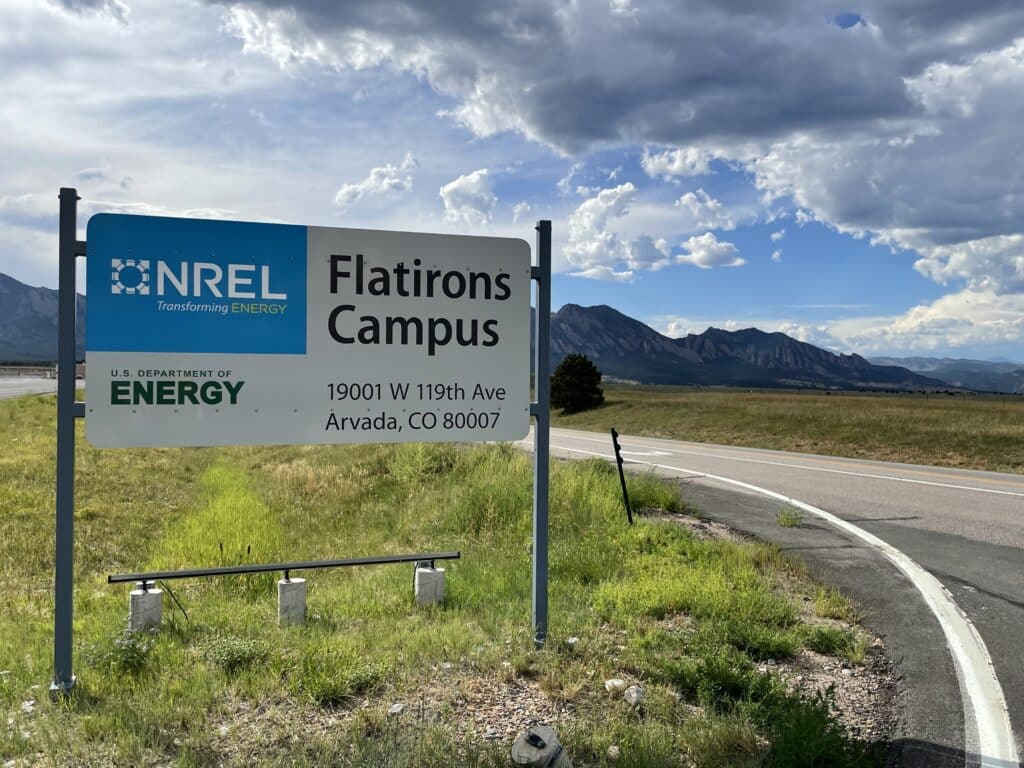Form and function: Urban-gro expands into pot-shop design

LAFAYETTE — Pot shops have come a long way in the nearly two decades since the first medical cannabis dispensary opened in Colorado.
For years, many retail operators prioritized function over form, resulting in stores with all of the vibe and character of a doctor’s office waiting room. But as the industry has matured, dispensaries increasingly see store design as a means of differentiating themselves from their competitors.
Lafayette-based Urban-gro Inc. (Nasdaq: UGRO), traditionally a firm that focused on indoor agriculture engineering services for cannabis growers, has begun diversifying its offerings to include design and architectural services to help pot-shops stand out in a crowded market.

Prior to the past couple of years, “Urban-gro was really mostly engineering work and providing equipment that was solely focused on the (controlled-environment agriculture) industry,” UG’s executive vice president of corporate business development Sam Andras told BizWest in a March interview. “Fast-forward to today, Urban-gro is an architecture, mechanical, plumbing, fire-protection, integrated cultivation, design and construction company.”
Urban-gro accelerated its service-diversification evolution in 2021 and 2022 with the acquisitions of Houston-based engineering firm Dawson Van Orden Inc. and Georgia-headquartered 2WR+ Partners LLC, the parent company of architecture and interior design firm MJ12 Design Studio. Andras joined UG as part of the MJ12 acquisition.
In addition to building indoor systems for cannabis growers, Urban-gro now “offers full turn-key services” for dispensary operators, Andras said.
When working with dispensary clients, “I think about experience” and creating a “comfortable environment,” he said. Aesthetic choices and design elements help “create a brand, a statement of who they are and how they want to do business.”
Euflora’s downtown Denver location was an early example of a Colorado dispensary embracing a new pot-shop aesthetic, Andras said. The company, which operates a pot shop in Longmont, “really has that Apple store vibe — you’ve got a free-standing counter on the floor … white walls, a really clean look. I think the industry has really grabbed onto (the Apple store-esque aesthetic), and that’s how things have gone for a while.”
However, this fairly sterile design approach is beginning to shift as “companies are really striving to develop aesthetics that are a reflection of who they are and what they want to say about themselves,” Andras said. “We’ve done dispensaries that are going for a more industrial look with raw materials, we’ve done some where you’d think you’d walked into a Zales jewelry store, some that are more rustic where (the look) is more nature-driven.”
Store design and layout can inform more than just the look of a dispensary.
“It defines how sales people interact (with customers,) what opportunities (customers have) to walk around, whether customers can just look at products on the shelf or take them out, whether you have self-serve kiosks, call-in services,” Andras said. “All of these things come into play in terms of defining the customer experience and how (a dispensary) is going to operate.”
Consultants with companies such as UG can also help pot shops build out their in-store technology.
Interconnected computer and point-of-sale systems are driving “trends for budtender interaction with customers,” Andras said. Some shops have sales people who “come out on the floor with an iPad and walk around talking to folks,” and others feature “computer systems with a scanning bar you can just place a product on and (the system) will tell you everything you need to know about that product.”
Dispensary operators are no longer limited to a simple sales counter and cash register set up, he said. “It just comes down to how much a company wants to invest in technology, how much they want (sales people) coming out from behind the counter and interacting with people, and what the experience is that they want customers to have when they come in.”
Customer interaction with products and sales people is, in part, driven by state or local rules and regulations.
Take flower (the actual marijuana plant, rather than a concentrate, vape cartridge or edible product) for example: Some places allow dispensaries to display large jars of flower that customers can look at, smell or select buds from; others only permit the sale of sealed, pre-packaged products.
Security and inventory-management regulations also differ between jurisdictions and between operators. At some shops, budtenders walk around and usher customers through the entire sales process; others feature a multi-step, multi-employee process in which buyers select and pay for their products in one corner of the store and pick up their goods at a window in another corner. Some localities even require dispensary employees to move product from the sales floor to a locked room or vault at the end of each day.
These sorts of local nuances can drive shop-design decisions, Andras said, and compliance can become quite tricky for multi-state operators that, all things being equal, would prefer a one-size-fits-all design approach. That’s where a specialist with experience across jurisdictions — such as Urban-gro, perhaps — can help.
“The first challenge is understanding the regulations,” Andas said. “Then we work with (clients) to interpret the regs in a way that’s most conducive to meeting those regs, obviously, but also to making sure the operator’s vision is maintained.”
As jurisdictions, including some in Colorado, toy with the idea of on-site consumption of cannabis products, regulatory compliance and building design become more critical and complex for operators, who must not only develop a space where buyers want to shop, but also an inviting space where clients feel comfortable hanging out after a purchase.
“We’re working on a design in Boston where the operator really wants to create a social gathering area on a rooftop space with views of the downtown,” Andras said. “I think that’s pretty cool.”
As pot shops evolve, Andras said, some may be designed less in the image of liquor stores and more more like sports bars or wine cafes.
Source: BizWest





